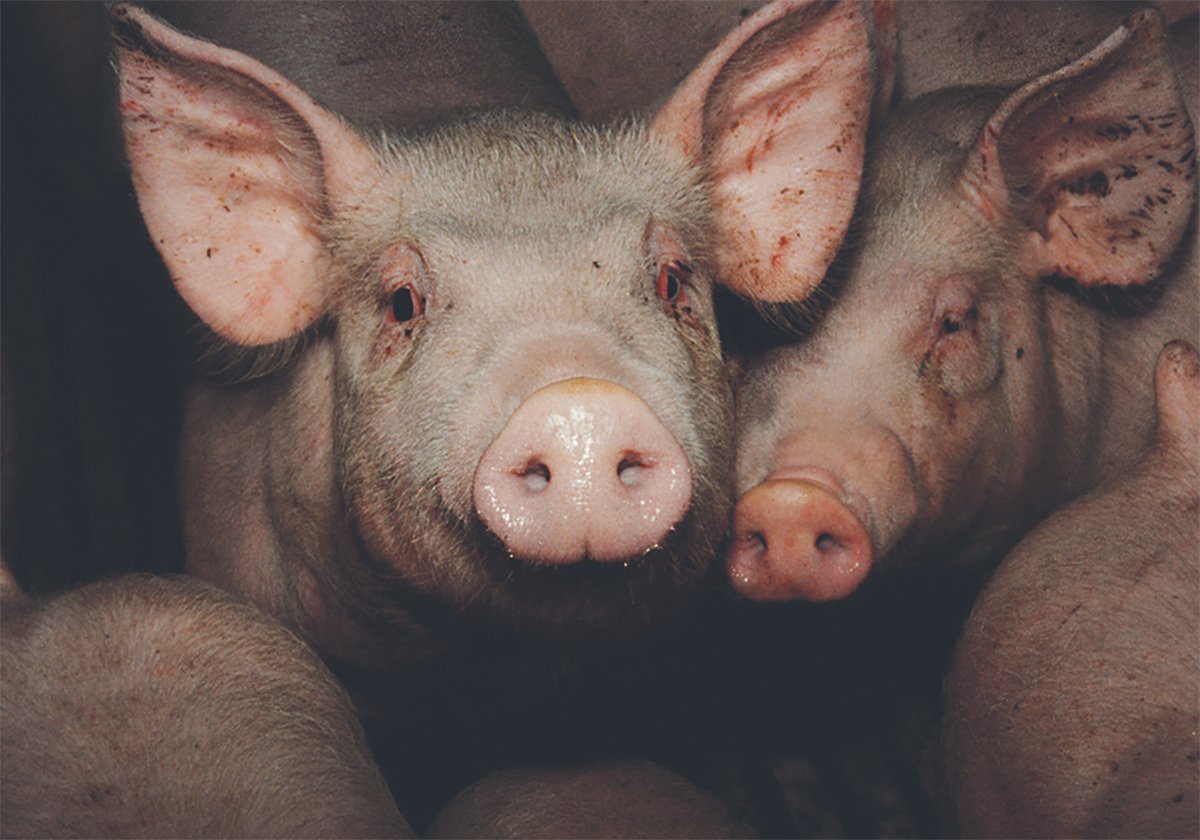When his high school friends were out playing football, Bill Poor was shoeing horses.
“I was in my sophomore year in high school and when most kids were out playing, I was in horseshoe school,” he said between heats at the Calgary Stampede world blacksmiths’ competition.
A third generation farrier, the 27-year-old Texan entered his first world champion competition at Calgary nine years ago.
“This is the only competition you can call a world championship and everybody wants that title.”
Poor has competed against people from around the world, and finished in the top 10 and top five in past years. This year, entrants came to the silver anniversary competition from 19 countries. Poor arrived in Calgary with fellow competitors, business partner Paul Sims, his father Jim and stepmother Kathleen Poor.
Read Also

The Western Producer Livestock Report – October 30, 2025
Western Producer Livestock Report for October 30, 2025. See U.S. & Canadian hog prices, Canadian bison & lamb market data and sales insights.
Off season, he works in Houston, Texas, where he and his partner shoe Warmblood horses from a mobile unit. They each tend eight to 15 animals per day.
Poor knew he wanted to be a horseshoer from the age of 15. He soon discovered he had a lot to learn. Blacksmiths tend to have ropey, muscled arms and shoulders but Poor said the greatest advantage is a strong lower back. Hours bent over a horse can break a career if the farrier is not in good shape.
“When you get bent under a horse for the first time you realize your head starts to hurt and your muscles start to throb,” he said.
On his first day as a greenhorn 16 year old, the experience almost did him in. He was given three horses to shoe. It took him an entire day.
“It was horrible,” he said.
He persisted and went on to horseshoe school. He later apprenticed with his father for two years. His dad has been a farrier for 25 years and is a world class tool maker who creates hammers, tongs and other blacksmith equipment.
The younger Poor eventually travelled overseas and worked with 14 different farriers in England and Scotland for three months. European farriers serve a four year apprenticeship while Americans are encouraged to work with a number of other smiths to learn the trade.
The trip holds special memories. He spent considerable time in the Aberdeen, Scotland, region and had to learn his trade from men who spoke with a Highland accent while they tried to understand his Texas drawl. His education made him good enough to become a member of the four-person American farrier team for the last two years.
For an event like the Stampede competition, hopefuls need to practise for about three months. There are timed, precision events as well as teams and an open competition where they are presented with a piece of steel and must turn it into a work of art. This year for the competition’s 25th anniversary, contestants vied for a $10,000 solid gold horseshoe, a gold and silver inlay belt buckle, a specially poured anvil, prize money and tools.
“The world champion will walk out with at least $20,000 worth of cash and trophies,” said Hans Kollewyn, of the blacksmith committee.















